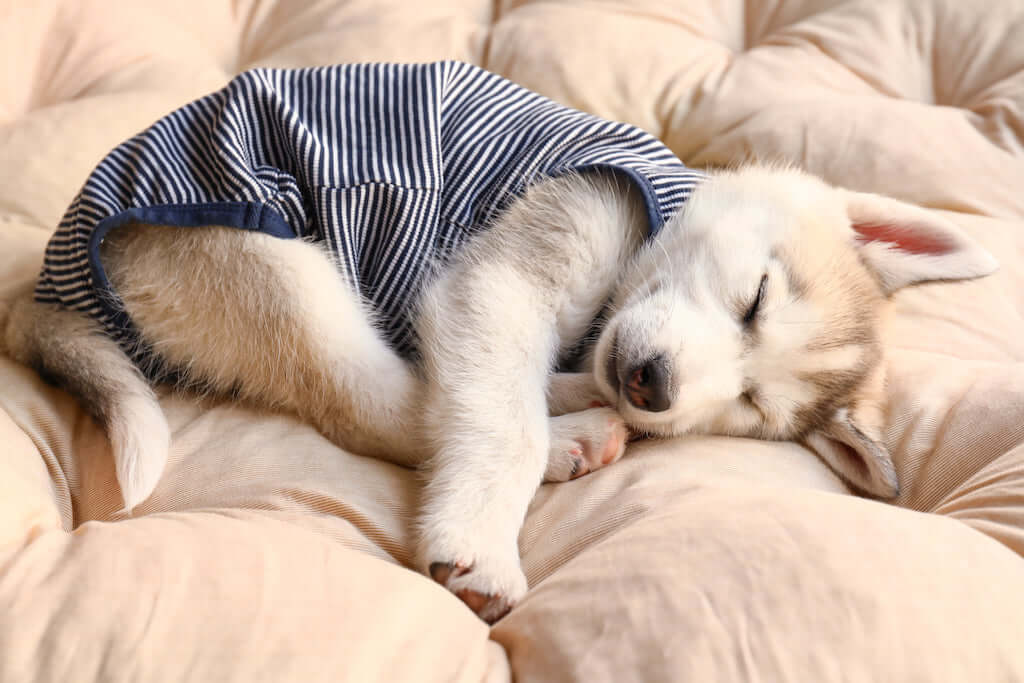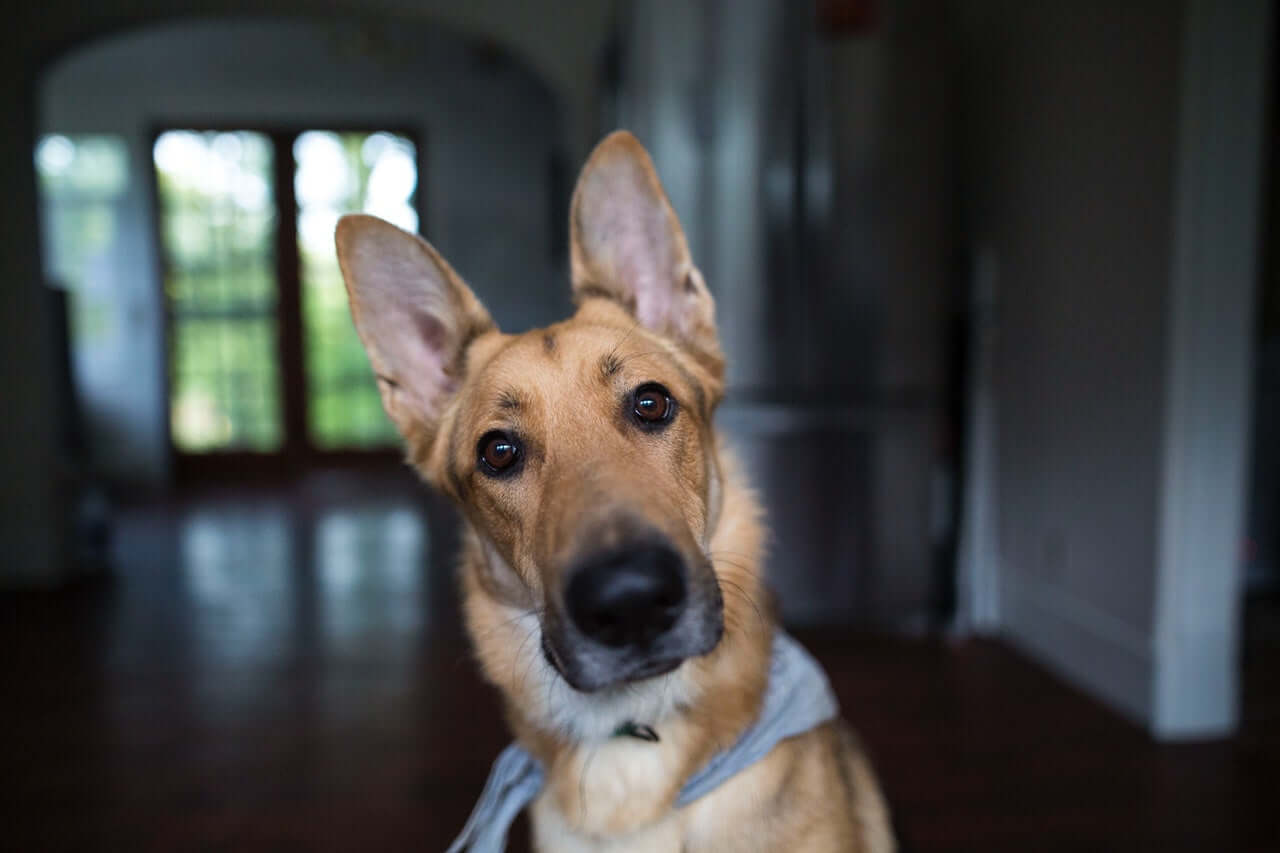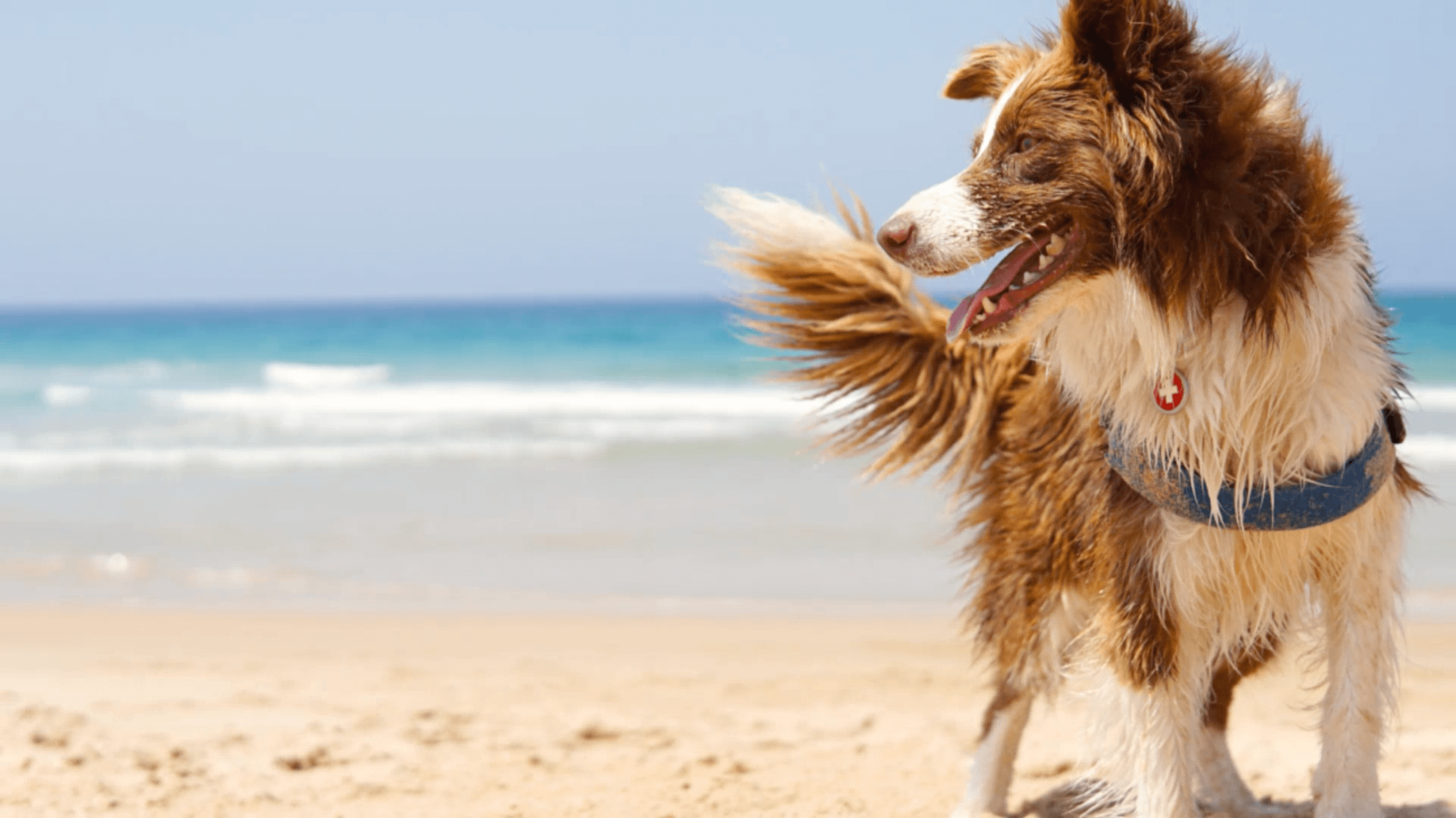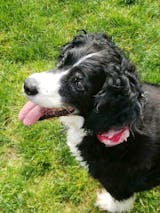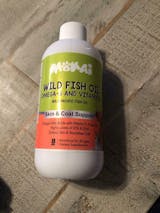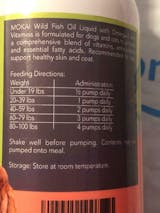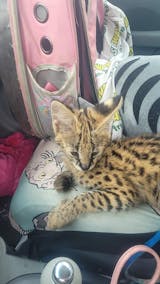Taking our dogs on car rides can be one of the most wonderful things there is, because that means we can take them with us wherever we like: to visit a friend, to run an errand or even better, to go on vacations.
It all seems great, until you hear your dog panting the entire car ride. Are you wondering why your dog can’t seem to relax? If so, this blog is for you. We’ll figure out why dogs pant in the car and what to do about it.
Why dogs pant in the car
1. Temperature
An increased temperature could be the reason why your dog is panting so much. If it’s too hot, they will pant to lower their body temperature.
Dogs don’t sweat like we do. In order to cool their bodies, they use the evaporation of moisture from their mouths and tongue during panting, by exchanging the hot air of their lungs with cooler external air.
The solution: Make sure to keep a nice and cool temperature in your car when you’re traveling with your dog.

2. Covering their essential needs
A dog is still a dog, and whether they’re in a house, a park or, in this case, a car, they still have essential needs they need to cover.
Your pup might be panting because he/she either needs to go potty or wants to drink some water.
The solution: be sure to include a few toilet breaks during the ride and take with you a portable bottle of water they can drink from. Plan for toilet breaks (at least) every 2-3 hours.
3. Getting to know something new
In a dog’s world, a car is a big-noisy moving machine and a new experience, if they have never been in a car before. It’s more than understandable that during their first rides, they might feel a little anxious about everything that’s going on.
This feeling can lead to the excessive panting we are talking about. In order to solve this problem, you can start a car adjustment process with your pup, taking them on short rides at first and keep increasing them as time passes by.
And be sure to relate car rides with a positive experience such as the dog park, beach, or pet supermarket.

4. Overstimulation
This occurs when there are just so many things going on in a dog’s environment that they become overwhelmed and can’t process them all at once, resulting in hyper-arousal, which can include behaviors such as panting.
Constantly watching on-coming traffic through the window can be highly overstimulating for your pup, especially if they tend to show this type of behavior elsewhere, such as with the cars on the street when they are going for a walk or, for example, with a train passing by.
You can ease the overstimulation on the car by hanging a sheet or towel on the windows from the back seat where your dog is traveling. This way, they won’t see all the rushing cars that pass by them at high speed. Maybe turn on the A/C and make his ride as pleasant as possible.
5. Happiness and excitement
Us, dog parents, know our dogs. We can identify when they are feeling happy, anxious, bored, sad or just relaxed. If you see and feel that your pup is happy, know that excessive panting can be a sign of happiness.
You will know for sure that your dog is panting from excitement and happiness if this behavior slows down and stops as your dog relaxes.

6. Car sickness
Motion sickness is a pretty common issue many dogs struggle with. But what does it have to do with panting?
Well, as a matter of fact, panting and drooling are two behaviors that tend to anticipate vomit. They don’t always result in that though, some dogs pant and drool, but never end up throwing up.
If your pup experiences car sickness, giving them calming treats 45-60 minutes before the ride is a great way of preventing that.
7. Underlying health condition
There are a number of health conditions that can make our dogs feel uncomfortable during car rides.
Arthritis can cause pain on bumpy roads or sudden turns; blindness and deafness can make our dog feel scared, since it is a completely new environment they are not used to, and can’t fully understand due to their lack of a certain senses.

8. Anxiety
Dogs can develop anxiety due to multiple reasons such as fireworks, moving houses, guests in the home, thunderstorms, terrifyingly loud vacuums and, of course, car rides.
To determine if your pup is panting due to anxiety, you can look at their body language and look for any of the following signs of distress:
- No eye contact
- Head turned away
- Ears down
- Tail tucked between their legs
- Shivering
If this is the case, it’s important to help them feel as safe and comfortable as possible by adding relaxing music, turning the A/C on (if that’s something they’re used to), and of course give them a few calming treats 45-60 minutes before the ride begins.
9. Bad experience
If every car ride your dog had in the past were destined to the vet or places you know they dislike, your dog might be panting because it’s his/her way of saying “not the vet again!”. Associating the car with bad experiences provokes stress and results in excessive panting.
You can easily change this by using the car to take your dog to the park, to visit a family member they love, or to any place you know they’ll enjoy.
How to make car rides more enjoyable for your dog
There are some easy things you can do to make car rides more enjoyable and safe both for you and your pup:
- Maintain a cool temperature inside the car, especially on hot days.
- Keep your dog hydrated.
- Make usual car rides to places your pup enjoys, such as the park.
- Give your dog love and reassurance throughout the trip.
- Stay calm yourself, if you start to get angry and shout at them, it will be very hard for your pup to relax.
- Play some soothing music.
- Put sheets on the back seat’s windows if your dog gets easily overstimulated.
- If your dog suffers from anxiety, try out Hemp Calming Support an hour before the ride.
- Always use a seat belt for your dog to keep them safe in case an accident happens.
- Never leave your dog alone in the car.



